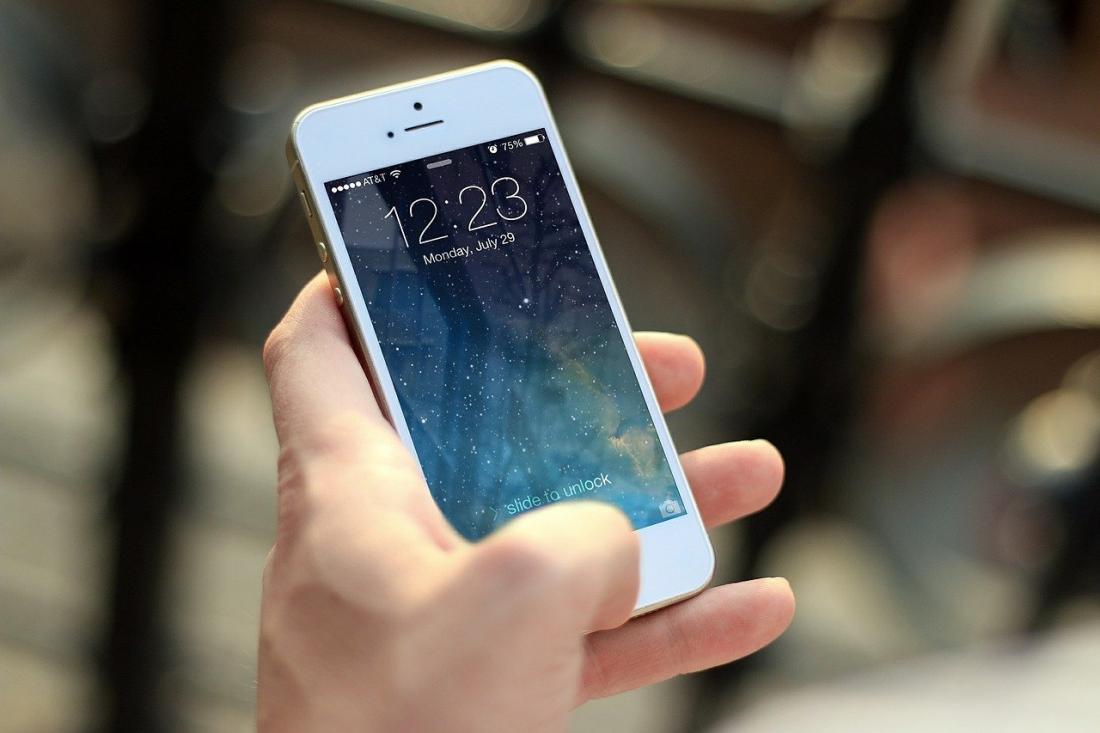Mobile phone data tracking can accurately predict the geographical and temporal spread of COVID-19 infections. [Image added by Asia Research News]
Nationwide mobile phone data tracking aggregated movements of people in China can accurately predict the geographical and temporal spread of COVID-19 infections up to two weeks ahead of time, according to a study in Nature. The study analysed the distribution of population outflows from Wuhan, China, during the early stages of the COVID-19 outbreak in January 2020.
Large-scale population movements can contribute to localized outbreaks of a disease becoming widespread epidemics. However, monitoring such aggregated population flows, such as the chunyun period of mass travel in China in the run-up to the Chinese Lunar New Year’s Eve on 24 January 2020, can prove challenging.
Nicholas Christakis and colleagues studied anonymized mobile phone data from a major national carrier in China to analyse the movements of more than 11 million people who spent at least 2 hours in Wuhan between 1 and 24 January 2020, when the quarantine was imposed. They linked these data to COVID-19 infection rates until 19 February from 296 prefectures in 31 provinces and regions throughout China.
The authors report that quarantine restrictions were highly effective at substantially reducing movement, with population outflows dropping by 52% from 22 January to 23 January, and by a further 94% on 24 January. They also show that the distribution of population outflows could accurately predict the frequency and geographical locations of COVID-19 infections in China up to two weeks in advance, and identify potential high-transmission-risk cities at an early stage of the outbreak. The authors suggest that the model reported in the study could be used to assess COVID-19 community transmission risk over time in different locations in the future.
The findings could help policymakers in other countries that have mobile phone data available to make rapid and accurate risk assessments and plan the allocation of limited resources during outbreaks, the authors conclude.
Corresponding Author:
Nicholas Christakis
Yale University, New Haven, CT, USA
Email: [email protected]
Tel: +1 978 760 29
Jianmin Jia
The Chinese University of Hong Kong, Shenzhen, China
Email: [email protected]



